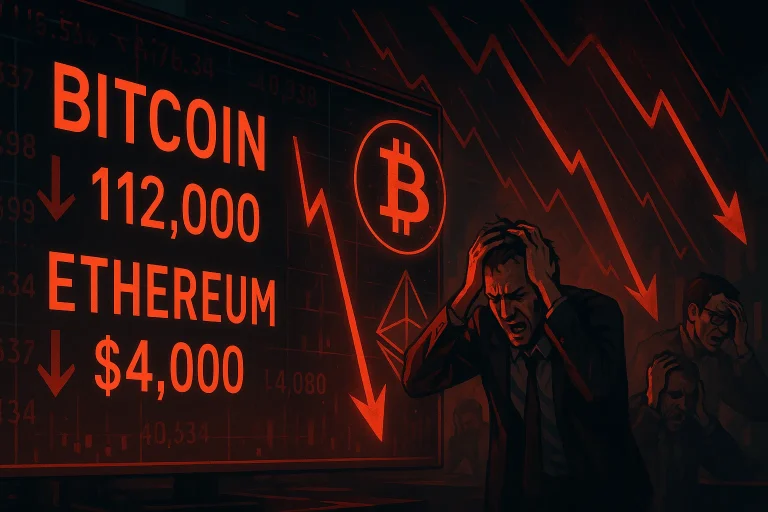The S&P 500, Dow Jones, and Nasdaq 100 indices and their exchange-traded funds (ETF) future continued their strong downward trend on Friday. Futures tied to the three indices fell by 60, 275, and 265 points, respectively.
This crash is a continuation of what happened on Thursday when they plunged by 0.63%, 0.65%, and 0.50%. Here are some of the top reasons why the indices are falling and whether it is safe to buy the dip.
Stock market has crashed as regional banks tumble
The first main reason why the S&P 500, Dow Jones, and the Nasdaq 100 indices is the rising concerns about regional banks and the credit market.
Fears of the credit market have been going on for a while as the private credit sector has boomed. Data shows that over $1.5 trillion has moved to private credit sector, a figure that is expected to hit $3 trillion in the next few years.
Fears of the credit sector have continued after the recent collapse of First Brands, which had over $12 billion in borrowings.
The fears continued this week after Zions Bank and Western Alliance announced that they were victims of fraud. As a result, there are concerns that the industry could be in more trouble.
These concerns have sent memories of 2023 when companies like First Republic and Silicon Valley Bank (SVB) crashed. This explains why the short interest in the SPDR S&P Regional Bank ETF has jumped to 30%.
Still, on the positive side, the two companies have cited fraud as the main reason for their woes, meaning that this is not a systemic issue.
Government shutdown continues
The S&P 500, Dow Jones, and Nasdaq 100 indices have also fallen as concerns about the government shutdown continues. The Senate failed in its bid to have it open, meaning that the shutdown will likely go on for a while.
This shutdown will have an impact on the US economy, with estimates suggesting that it is costing the GDP over $70 billion a week.
Still, on the positive side, the longer the shutdown continues will raise the odds of the Federal Reserve cutting interest rates in the coming meetings.
US and China trade war
The other notable bearish catalyst for the three indices is that there is still a risk that the US-China trade conflict will go on for a while.
China announced tariffs targeting US ship earlier this week. This was on top of the other retaliatory measures it announced last week. They included tariffs on US ships moving to China, limits to rare earth materials, and an investigation into Qualcomm.
Why the Dow Jones, S&P 500, and Nasdaq 100 will rebound
There are a few reasons why the three indices will bounce back after this crash ends. First, they will rebound as the issues in the regional banking sector are not systemic.
Second, American companies have published strong financial results so far. This includes numbers by companies like JPMorgan, Morgan Stanley, Citigroup, and Wells Fargo. Analysts expect the earnings season will be better-than-expected.
Third, bond yield are falling, signaling that market participants expect the Fed to cut interest rates in the coming meetings. The stock market does well when the bank is cutting rates.
Additionally, history shows that the stock market normally bounces back after experiencing a drawdown.
The post S&P 500, Dow Jones, Nasdaq 100 crash explained: will they rebound? appeared first on Invezz










